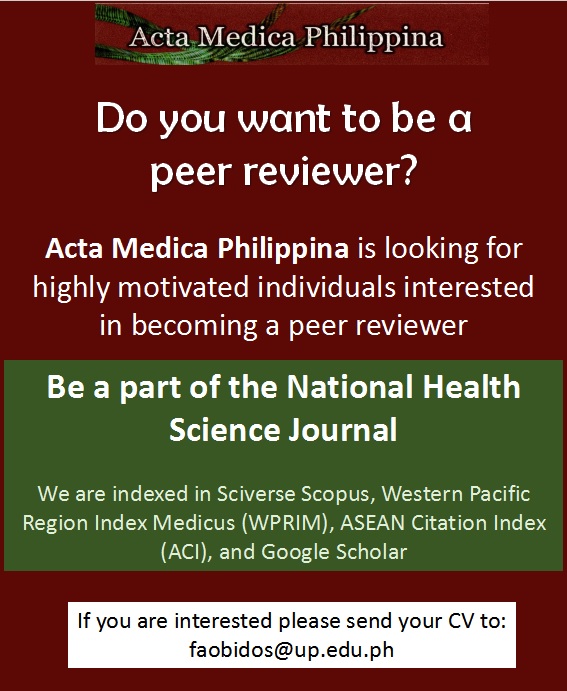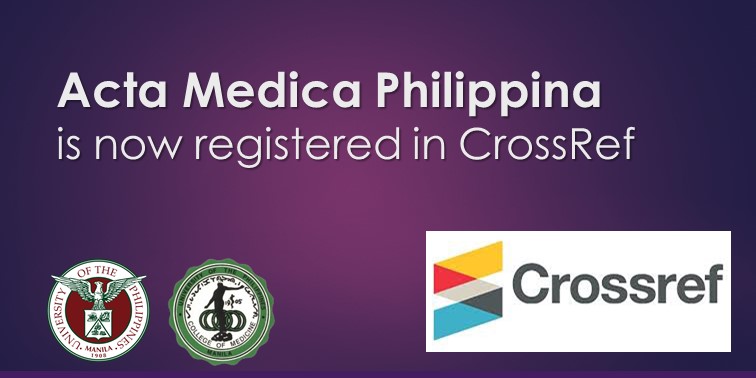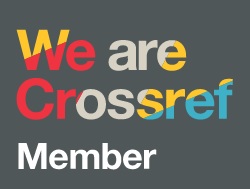The Use of Social Media for Student-led Initiatives in Undergraduate Medical Education: A Cross-sectional Study
DOI:
https://doi.org/10.47895/amp.v59i6.9640Keywords:
undergraduate medical education, student-led initiatives, social media, online learningAbstract
Background and Objectives. One of the effects of the COVID-19 pandemic on medical education is an increased awareness and use of social media (SocMed) to facilitate learning. However, literature on the use of SocMed in medical education has focused primarily on educator-led teaching activities. Our study aimed to describe SocMed initiatives that were student-led, particularly for information dissemination and peer collaborative learning, and to elicit perceptions of medical students towards such activities.
Methods. An online survey on SocMed usage in medical education was sent to all first- and second-year medical students at the University of the Philippines Manila College of Medicine from October to December 2021. The questionnaire collected data on demographics, SocMed habits and preferences, and perceived advantages and disadvantages of SocMed. Descriptive statistics were calculated while the free-text responses were grouped into prominent themes and summarized.
Results. We received a total of 258 responses (71%) out of 361 eligible participants. Overall, 74% found SocMed platforms to be very and extremely helpful; 88% recommended its continued use. The most popular SocMed platforms for different tasks were as follows: Discord for independent study groups and for conducting peer tutoring sessions; Facebook Messenger for reading reminders; Telegram for reading announcements related to academics and administrative requirements, and for accessing material provided by classmates and professors.
Conclusion. The high uptake of SocMed among medical students may be attributed to its accessibility and costefficiency. The use of a particular SocMed platform was dependent on the students’ needs and the platform's features. Students tended to use multiple SocMed platforms that complemented one another. SocMed also had disadvantages, such as the potential to distract from academic work and to become a source of fatigue. Educators must engage with students to understand how SocMed platforms can be integrated into medical education, whether in the physical or virtual learning environment.
Downloads
Published
Issue
Section
License
Copyright (c) 2025 Acta Medica Philippina

This work is licensed under a Creative Commons Attribution-NonCommercial-NoDerivatives 4.0 International License.




.jpg)



